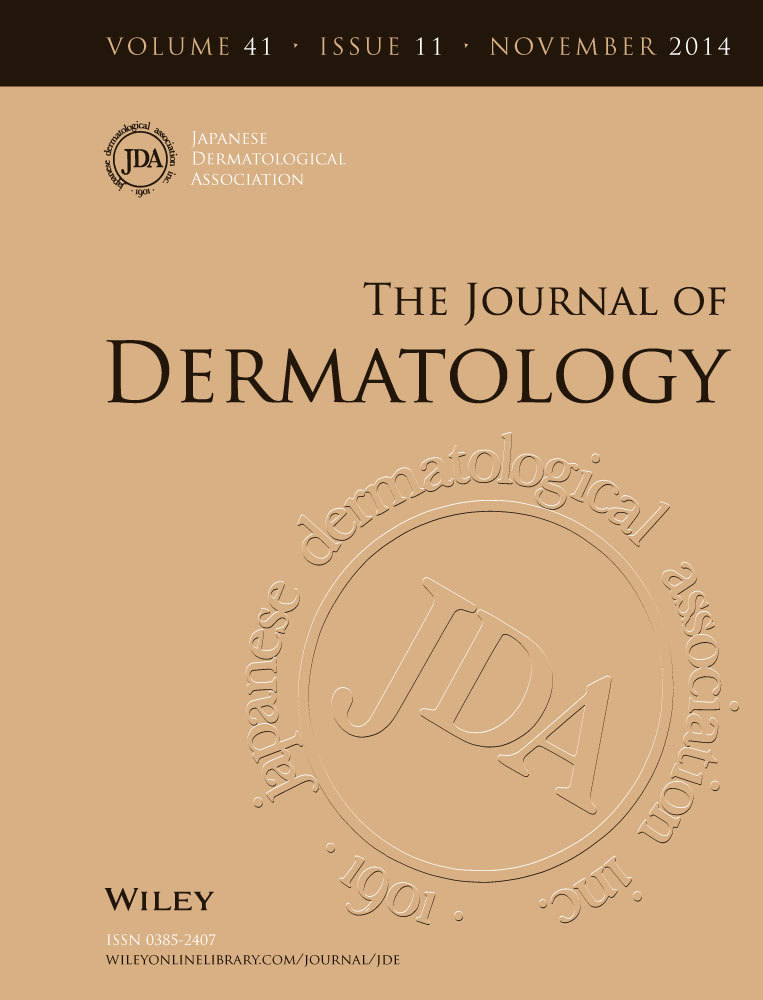Efficacy and safety of ustekinumab treatment in elderly patients with psoriasis
Abstract
The ratio of the elderly among psoriasis patients has been increasing. However, satisfactory long-term management of psoriasis for the elderly is challenging because of the more frequent presence of comorbidities, and the higher risk of adverse events from systemic therapeutic agents than younger patients. The use of ustekinumab (UST) appears to be an appropriate systemic treatment because it is considered less likely to cause adverse events than other systemic treatments, as well as necessitating fewer hospital visits. Our retrospective study aimed to evaluate the efficacy and safety profile of UST in elderly patients with psoriasis. The study included 24 patients aged over 65 years (range, 65–88 years; mean, 73.1 years) with moderate to severe plaque psoriasis with impaired quality of life. Efficacy and safety were assessed over a 1-year period using the Psoriasis Area and Severity Index (PASI) and the Dermatology Live Quality Index (DLQI). The efficacy was evaluated by the proportion of subjects who achieved ≥75% reduction in PASI score (PASI 75). PASI 75 responses were 56.5% at week 16, 59.1% at week 28, and 60.0% at week 52. None of the patients developed any serious infection during the 1-year treatment. The mean DLQI score at weeks 0, 16, 28, and 52 was 7.8 ± 6.0, 2.5 ± 3.4, 1.4 ± 1.7, and 1.2 ± 1.7, respectively. UST showed sufficient efficacy for elderly patients with psoriasis without any serious infection over the 1-year treatment. Our results suggest that UST is the preferable agent for the treatment of elderly patients with psoriasis.




